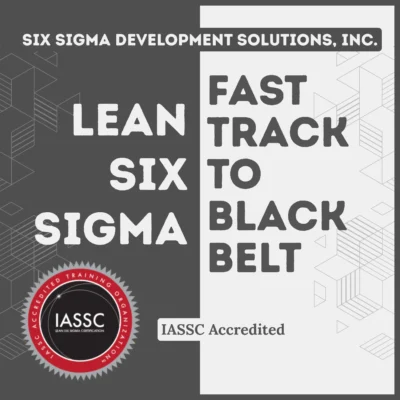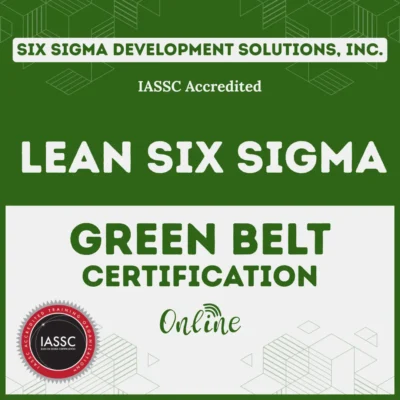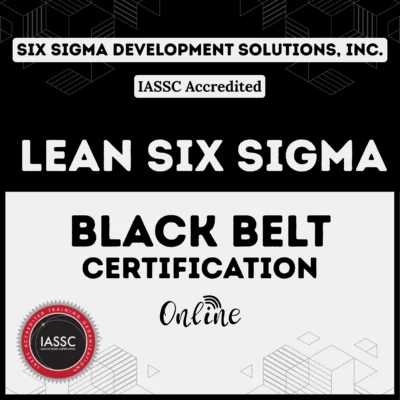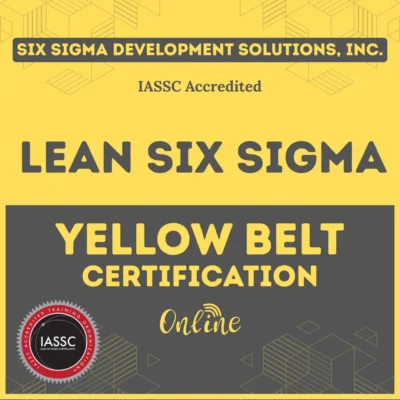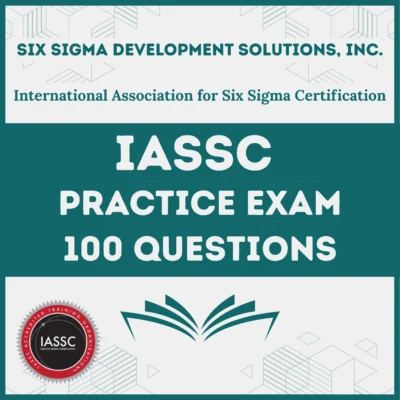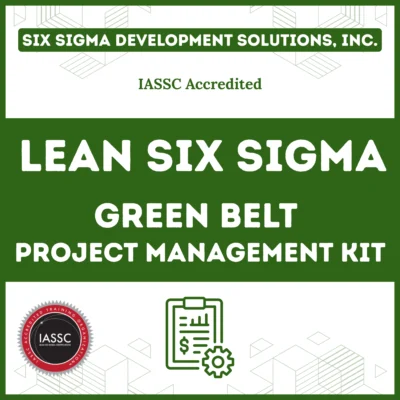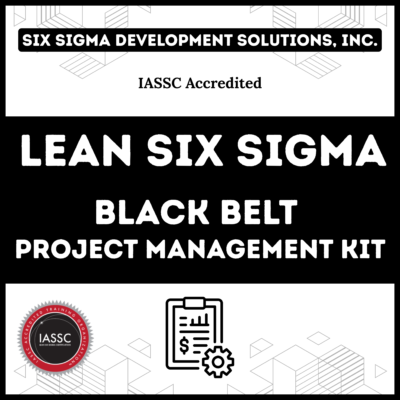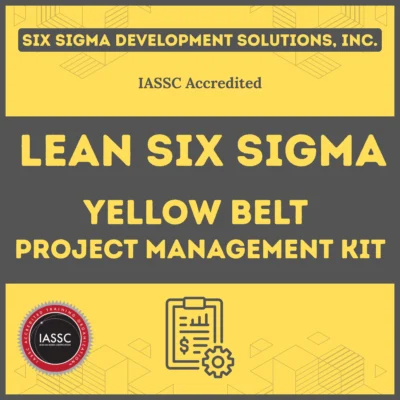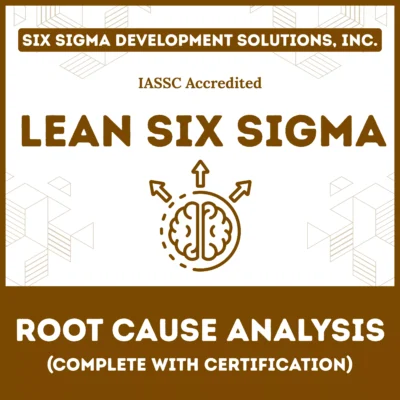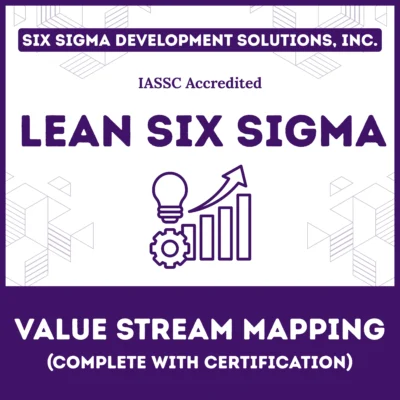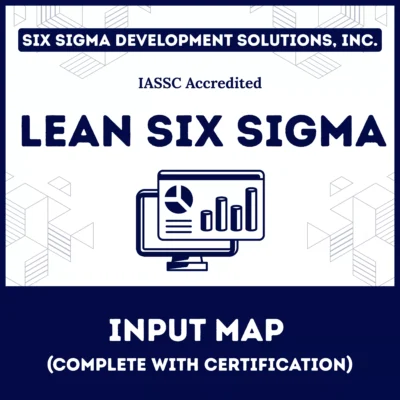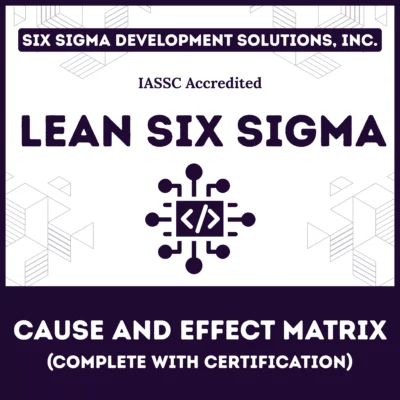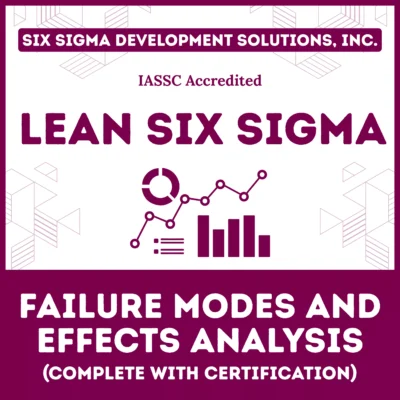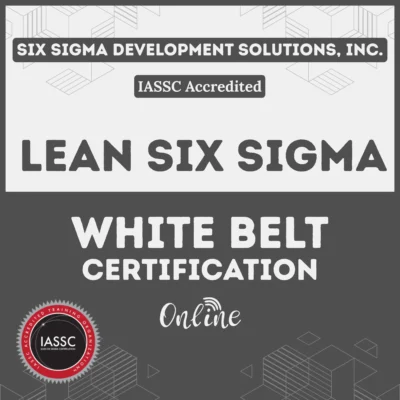The ADKAR model represents a goal-oriented change management framework that focuses on individual transitions to drive organizational success. This proven methodology breaks down change into five sequential building blocks, each representing a milestone that individuals must achieve for change to succeed.
ADKAR stands for:
- Awareness of the need for change
- Desire to participate and support the change
- Knowledge on how to change
- Ability to implement required skills and behaviors
- Reinforcement to sustain the change
Unlike traditional change management approaches that focus primarily on project activities, the ADKAR framework centers on people. It recognizes that organizational change only happens when individuals successfully transition through each phase of their personal change journey.
Jeff Hiatt developed this model after studying hundreds of change initiatives and identifying common patterns in successful transformations. The framework emerged from extensive research showing that change management success depends more on individual adoption than on perfect project execution.
Table of contents
What is the ADKAR Model?
At its core, the ADKAR change model is a people-first approach to transformation. It recognizes that organizations don’t change—people do. So, what does ADKAR stand for? Let’s break it down:
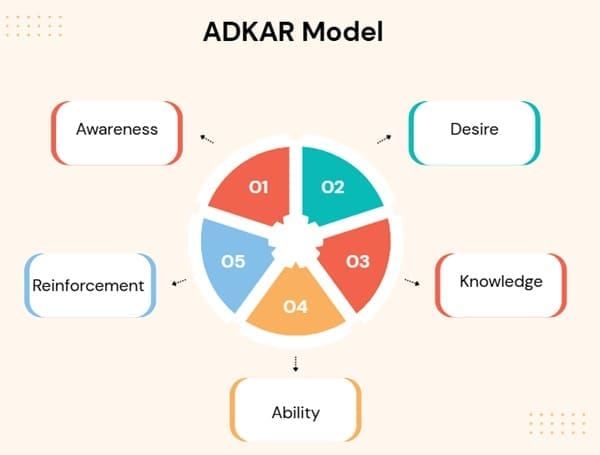
- Awareness: Employees must understand why change is needed. Clear communication about market pressures or inefficiencies sets the stage.
- Desire: Individuals need motivation to embrace change. This could stem from personal benefits, like career growth, or shared goals.
- Knowledge: Knowing how to change is critical. Training sessions or resources provide the tools needed.
- Ability: Turning knowledge into action requires practice and support to overcome barriers.
- Reinforcement: Sustaining change means celebrating wins and addressing backsliding through consistent feedback.
This sequential ADKAR methodology ensures no one gets left behind. By focusing on these five elements, leaders can align teams and minimize resistance, making the change management ADKAR model a standout choice.
Video
Origins of the Prosci ADKAR Model
The ADKAR model of change didn’t appear out of thin air—it’s the brainchild of Jeff Hiatt, founder of Prosci. In the 1990s, Hiatt, a former Procter & Gamble engineer, studied hundreds of organizations to uncover why change initiatives fail. His findings? Success hinges on individual adoption. This led to the creation of the Prosci ADKAR model, formalized in his 2006 book, ADKAR: A Model for Change in Business, Government and Our Community.
Prosci, short for Professional Change Management, built a robust methodology around ADKAR, backed by data from over 4,000 organizations. Unlike the Prosci change curve, which maps emotional responses to change, ADKAR focuses on actionable steps. Its research-driven roots give it credibility, making it a cornerstone of Prosci change management training worldwide.
Public, Onsite, Virtual, and Online Six Sigma Certification Training!
- We are accredited by the IASSC.
- Live Public Training at 52 Sites.
- Live Virtual Training.
- Onsite Training (at your organization).
- Interactive Online (self-paced) training,
How the ADKAR Framework Drives Change?
Implementing the ADKAR change management model is like assembling a puzzle—each piece must fit perfectly. The process starts with an ADKAR assessment, a Prosci tool that scores each of the five stages on a 1-5 scale. This pinpoints gaps, like low desire among employees resisting a new system.
Leaders then craft targeted strategies. For Awareness, share compelling reasons for change—think data-driven presentations or town halls. To spark Desire, highlight personal benefits, like time savings. Knowledge comes through training, while Ability requires hands-on practice and coaching. Finally, Reinforcement locks in change with rewards or audits.
The ADKAR process is flexible yet structured. For example, a hospital adopting electronic records might face resistance. Awareness could involve showing error reduction stats, desire tied to better patient outcomes, and so on. Visual aids like ADKAR images or progress charts keep teams aligned, ensuring smooth transitions.
Also Read: ABCDE Model by Psychologist Albert Ellis
Examples
The ADKAR model for change shines across industries. Consider an ADKAR model in healthcare example: A clinic transitioning to telemedicine. Awareness comes from highlighting patient demand. Desire grows through incentives like flexible schedules.
Knowledge is delivered via virtual training, ability through mock sessions, and reinforcement via performance reviews. The result? A 30% increase in patient satisfaction, per Prosci case studies.
In tech, a software firm used the ADKAR method to roll out AI tools. Awareness stemmed from competitive pressures, desire from career growth, and so forth, achieving 85% adoption in six months. Even non-profits leverage ADKAR for cultural shifts, proving its versatility.
These ADKAR model examples show its power to transform chaos into clarity, no matter the sector.
Pros and Cons of the ADKAR Change Model
Like any tool, the ADKAR change management model has strengths and weaknesses. Its biggest strength? Simplicity. The ADKAR acronym is easy to remember, making it accessible for teams at all levels. Prosci’s data shows it reduces resistance by up to 60% when applied correctly. The model’s focus on individuals ensures no one is overlooked, and its measurable nature—via ADKAR assessments—drives accountability.
On the flip side, the model’s linear structure can feel rigid in dynamic settings. Emotional aspects, better addressed by the Prosci change curve, may need supplementary tools. Without proper ADKAR training, teams might apply it superficially, missing its depth.
Still, the Prosci ADKAR model remains a top choice for its clarity and adaptability when paired with other frameworks.
ADKAR vs. Other Change Management Models
How does the ADKAR model of change management compare to others? Kotter’s 8-Step Model emphasizes leadership actions, like creating urgency, which aligns with ADKAR’s awareness but lacks its individual focus. Lewin’s unfreeze-change-refreeze model is broad, while ADKAR drills into specifics.
The Prosci change curve complements ADKAR by addressing emotions, but it’s less actionable. The CLARC model (Communication, Leadership, Assessment, Reinforcement, Culture) overlaps with ADKAR but focuses more on organizational systems. Combining ADKAR with agile or lean methodologies often yields the best results, blending individual and systemic change.
Step-by-Step Guide to Implementing ADKAR
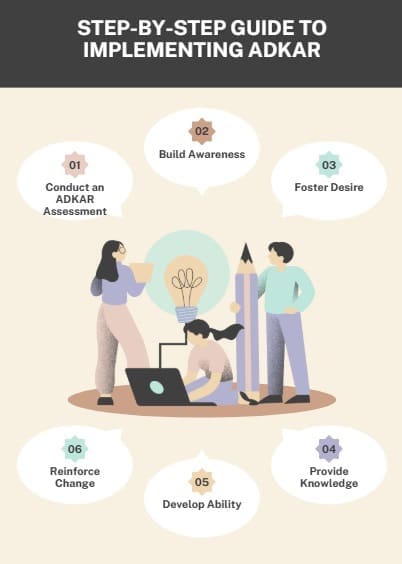
Ready to apply the ADKAR change model? Here’s a practical guide:
- Conduct an ADKAR Assessment: Evaluate each stage (Awareness to Reinforcement) to identify weak spots.
- Build Awareness: Use clear, data-backed communication to explain why change matters.
- Foster Desire: Engage stakeholders with personal incentives or shared visions.
- Provide Knowledge: Offer training, manuals, or demos to teach how to change.
- Develop Ability: Support practice with coaching or tools to bridge skill gaps.
- Reinforce Change: Celebrate successes and monitor progress to prevent relapse.
Avoid rushing stages or ignoring feedback. Prosci’s tools, like dashboards, enhance tracking. For deeper insights, explore ADKAR change management model PDF resources from Prosci’s site.
Also Read: Process Maturity Models: A Complete Guide
Role of ADKAR Training and Certification
Mastering the ADKAR framework requires learning. Prosci offers ADKAR training—from online courses to in-person workshops—that break down the ADKAR model explained in detail. These programs teach practical applications, like creating ADKAR assessments or interpreting ADKAR images.
Certification through Prosci validates expertise, boosting credibility for change leaders. Whether you’re a manager or consultant, training equips you to navigate complex transitions with confidence.
Case Studies and Success Stories
Real-world success stories highlight the ADKAR model’s impact. A global retailer used it to shift to e-commerce, achieving 95% employee adoption. Awareness came from sales decline data, desire from profit-sharing, and so on. In government, ADKAR streamlined policy changes, reducing public pushback by 40%, per Prosci reports.
During the pandemic, healthcare systems leaned on the ADKAR model in healthcare to adopt remote care swiftly. These cases prove ADKAR’s ability to turn vision into reality.
Frequently Asked Questions (FAQs) on ADKAR Model
What is the ADKAR model?
The ADKAR model is a Prosci-developed framework for managing change, focusing on Awareness, Desire, Knowledge, Ability, and Reinforcement.
What does ADKAR stand for?
ADKAR stands for Awareness of the need for change, Desire to support it, Knowledge of how to change, Ability to implement, and Reinforcement to sustain it.
Who created the ADKAR model?
Jeff Hiatt, Prosci’s founder, created the ADKAR model based on research into effective change management.
How is ADKAR used in healthcare?
The ADKAR model in healthcare supports transitions like digital records or telemedicine by guiding staff through the five stages, improving adoption and outcomes.
Where can I find ADKAR training?
Prosci offers ADKAR training online and in-person. Visit their website for courses and certification details.
Is there a free ADKAR model PDF?
Prosci provides resources, including ADKAR change management model PDF guides, through their official site or training programs.
Final Words
The ADKAR model is more than a framework—it’s a lifeline for navigating change. By breaking transformation into Awareness, Desire, Knowledge, Ability, and Reinforcement, it empowers individuals and organizations to thrive amid uncertainty. From Jeff Hiatt’s research to Prosci’s global impact, ADKAR’s legacy is one of clarity and success.

About Six Sigma Development Solutions, Inc.
Six Sigma Development Solutions, Inc. offers onsite, public, and virtual Lean Six Sigma certification training. We are an Accredited Training Organization by the IASSC (International Association of Six Sigma Certification). We offer Lean Six Sigma Green Belt, Black Belt, and Yellow Belt, as well as LEAN certifications.
Book a Call and Let us know how we can help meet your training needs.





